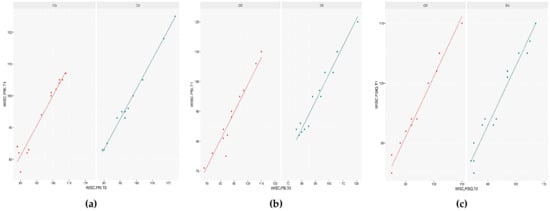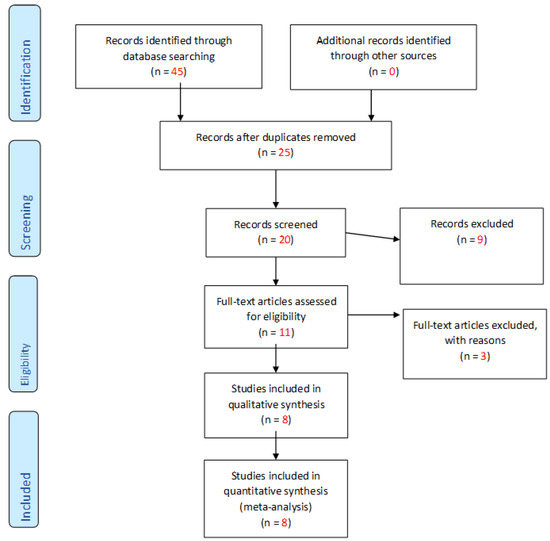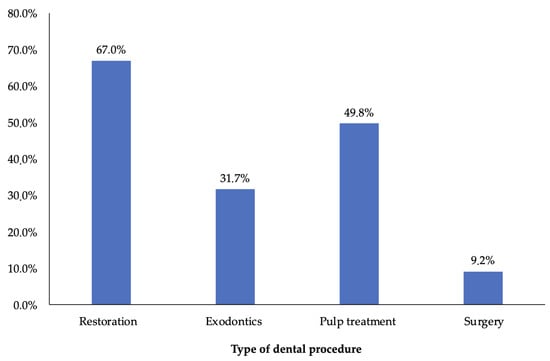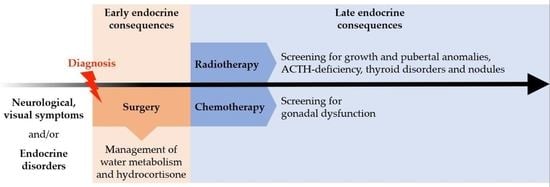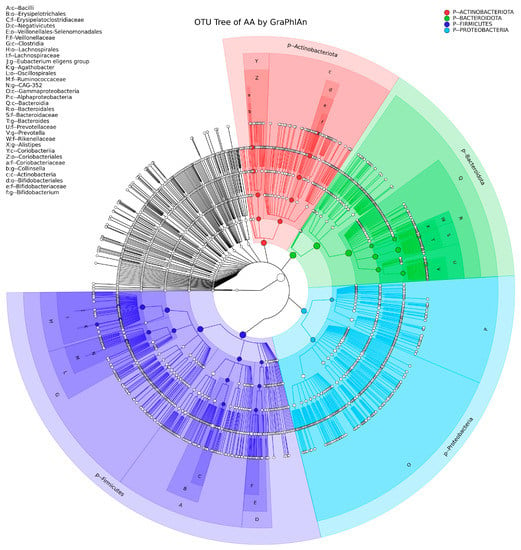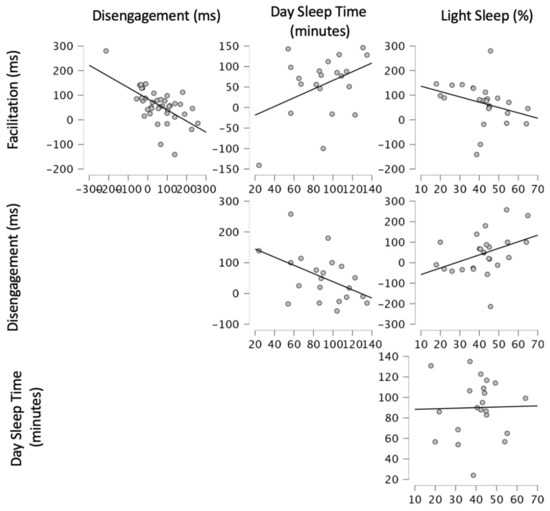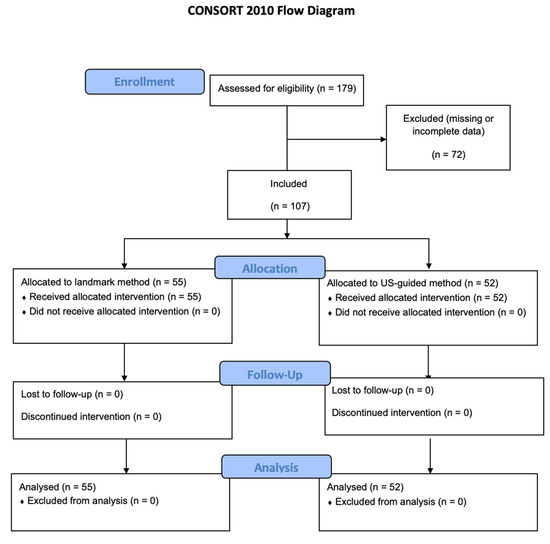Children 2022, 9(11), 1622; https://doi.org/10.3390/children9111622 - 26 Oct 2022
Cited by 5 | Viewed by 2581
Abstract
Airway obstruction refers to suffocation caused by blockage of the airway due to a foreign body and is a common cause of accidental death in infants below one year of age. However, the current infant CPR manikins used for training in first aid
[...] Read more.
Airway obstruction refers to suffocation caused by blockage of the airway due to a foreign body and is a common cause of accidental death in infants below one year of age. However, the current infant CPR manikins used for training in first aid for foreign body airway obstruction can only be applied to one single scenario. Furthermore, trainees’ first aid skills cannot be recorded and quantified with a digital system and, consequently, assessment of their skills is difficult to conduct. This study aims to overcome the technical limitations by developing an AR-based assessment system for training in first aid for infant airway obstruction. With this assessment system, trainees can learn first aid more efficiently and correctly and conduct a quantitative assessment of their skills digitally. For instructors, the time required for assessment, potential human error, and the cost of training can also be reduced. The system can be a practical learning tool that helps trainees assess emergencies and integrate their knowledge and skills.
Full article
(This article belongs to the Section Pediatric Nursing)
►
Show Figures

